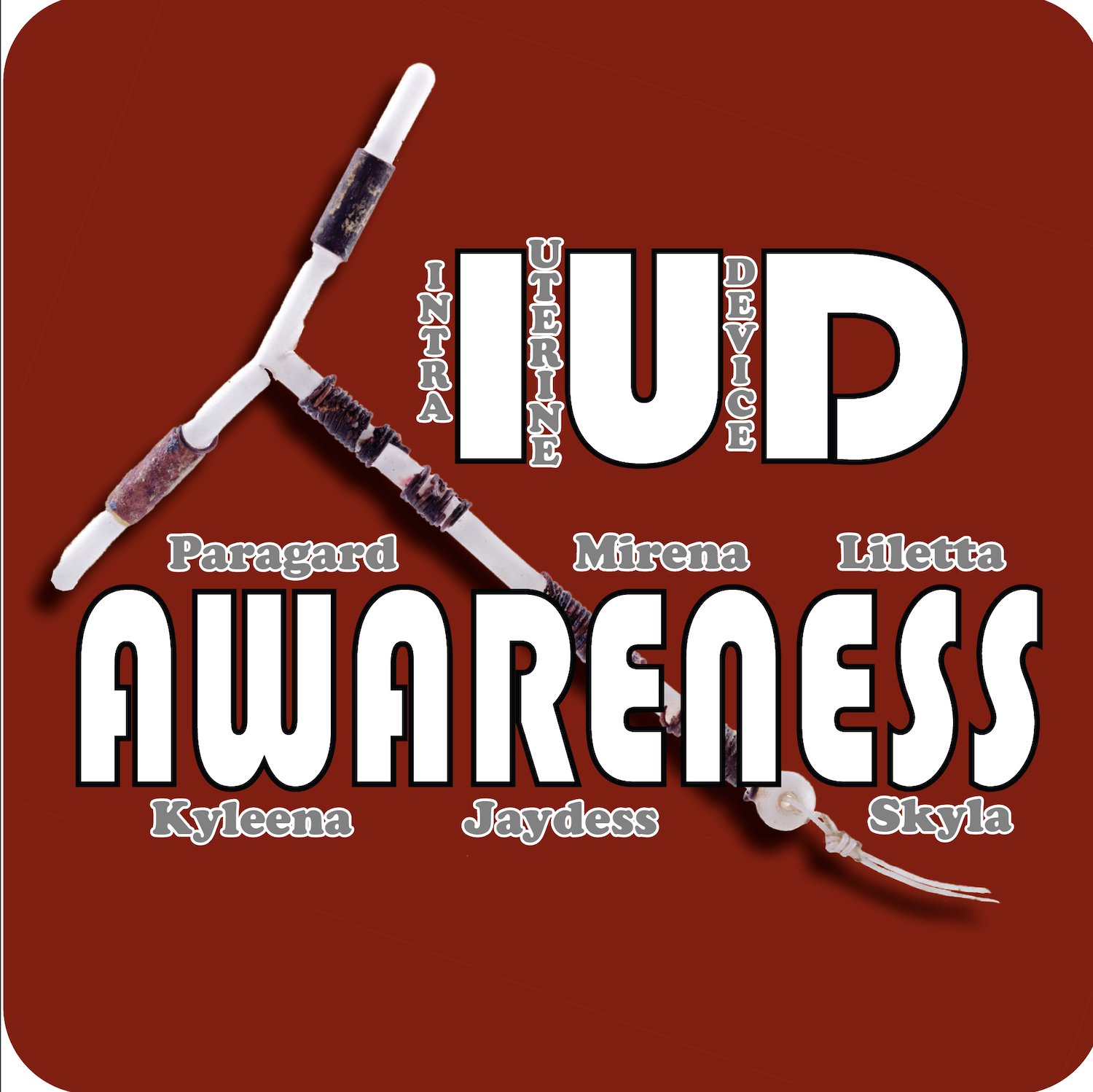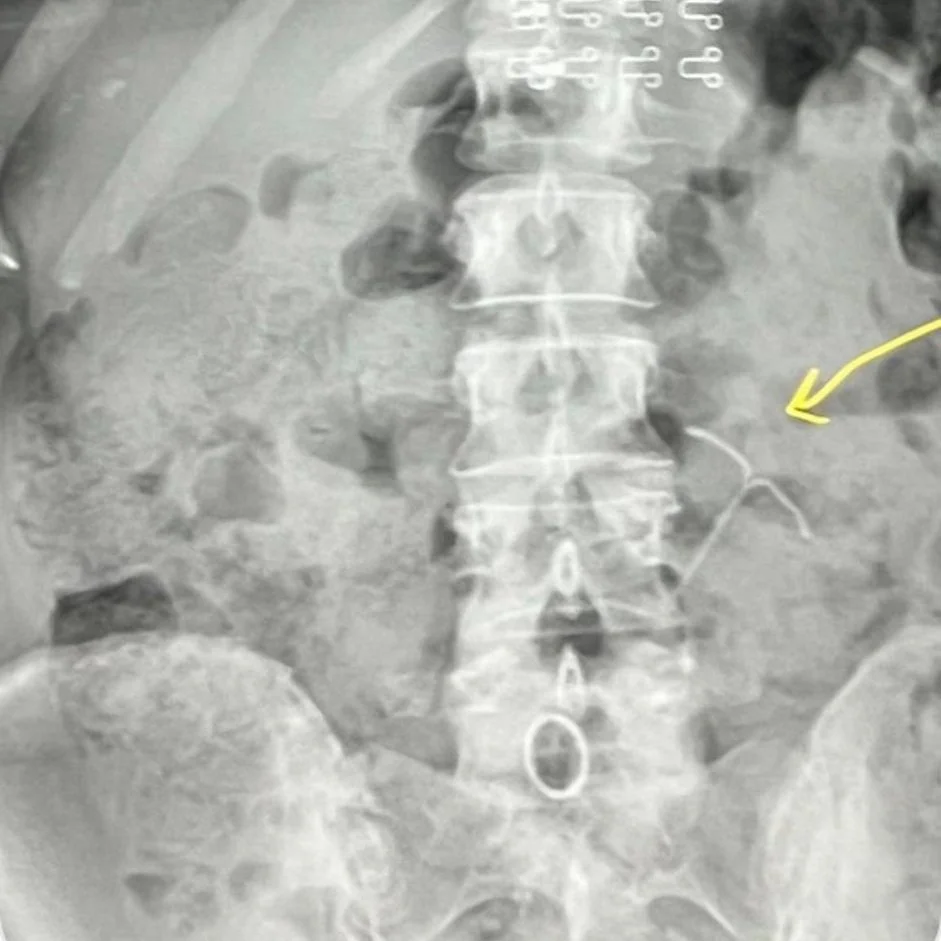IUD perforation is rare, but women should still know about it
/ Internet Link
IUD perforation is rare, but women should still know about it
Barbara Clements
June 6, 2022 - UW Medicine Newsroom
“Across the study cohort of 327,000 women, the percentage of perforation cases diagnosed within five years of IUD insertion was 0.6 %, the study concluded.
The risk of perforation increased by nearly seven times if it was inserted between four days and six weeks postpartum, and increased by about one-third if inserted during the span of breastfeeding.
The risk of an IUD-related perforation was relatively lower when inserted in women who were more than a year beyond delivery, in women who had never had a baby, and when the insertion occurred at delivery.
Reed said the study led Bayer Pharmaceuticals to make a label update on its Mirena IUD, providing greater precision to the existing language. The packaging instructions alert women to contact their doctor immediately if they experience symptoms associated with uterine perforations. The main symptoms are pain and change in bleeding patterns, Reed said.
“This study provides additional information on which patients may be at higher risk of perforation and which patients may need additional monitoring. It is a reminder to providers that the consent process is critical and that we should provide better instructions on what to watch for,” said Reed, an OB-GYN with the University of Washington School of Medicine. As well, medical providers may ask patients who are experiencing symptoms to seek follow-up ultrasounds in clinic to ensure that the IUD is in the proper place.”






































Go Fund Me
August 18, 2024